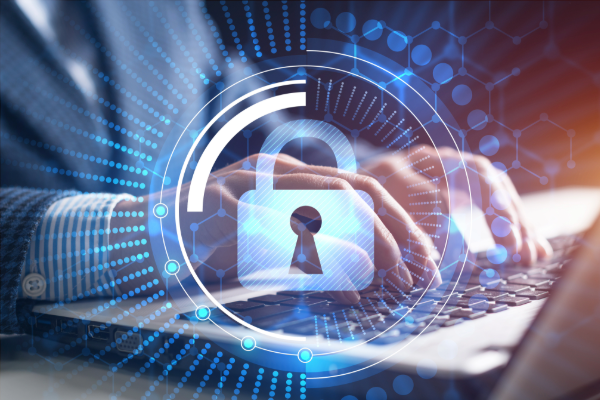
October is not just about pumpkin spice lattes and sweater weather, it is also Cybersecurity Awareness Month. As we gear up for cooler weather and spooky season, it’s a good reminder for you to understand the risks and learn how to protect your financial information from the ghouls of the cyber realm. Here are some tips and best practices to help you stay secure in the ever-evolving digital landscape.
Understanding the Risks
In today’s digital age, cyber threats are becoming increasingly sophisticated. From phishing scams to ransomware attacks, criminals are constantly devising new ways to exploit vulnerabilities. Understanding these threats is the first step in protecting yourself.
Here are a few common types of cyber threats:
- Phishing: Fraudulent emails or messages that trick you into revealing personal information.
- Malware: Malicious software designed to harm your computer or steal data.
- Ransomware: A type of malware that locks your files and demands payment for access.
- Data Breaches: Unauthorized access to confidential information, which can lead to identity theft.
Use Strong, Unique Passwords
One of the simplest, yet most effective ways to protect your accounts is by using strong, unique passwords. Avoid using easily guessable information like birthdays or common words. Instead, create complex passwords that combine letters, numbers and symbols. Consider using a password manager to help you keep track of your passwords and generate secure ones.
Enable Multi-factor Authentication
Multi-factor authentication (MFA) adds an extra layer of security to your accounts. By requiring a second form of verification, such as a text message code or authentication app, MFA makes it significantly more difficult for unauthorized users to access your accounts. Always enable this feature wherever possible, especially for your banking and financial accounts.
Monitor Your Accounts Regularly
Regularly checking your account statements and transaction history is crucial for early detection of unauthorized activity. Set aside time each week to review your accounts for any suspicious transactions. If something looks off, report it to your banking organization, including NCTC, immediately.
Be Cautious with Public Wi-Fi
While it’s convenient to access your bank account on-the-go, public Wi-Fi networks can be a hotspot for cybercriminals. Avoid logging into your bank account or making financial transactions when connected to unsecured networks. If you must use public Wi-Fi, consider using a Virtual Private Network (VPN) to encrypt your connection.
Educate Yourself About Phishing Scams
Phishing scams often come in the form of emails or messages that appear legitimate but are designed to steal your personal information. Be wary of unsolicited messages asking for sensitive information or urging you to click on suspicious links. Always verify the source before providing any information.
Update Your Software Regularly
Keeping your devices and software up to date is crucial for cybersecurity. Updates often include security patches that protect against known vulnerabilities. Enable automatic updates for your operating system, antivirus software and apps to ensure you’re always protected.
Know Your Bank’s Security Measures
Familiarize yourself with the security measures your bank has in place to protect your accounts. Many banks offer fraud detection services, alerts for unusual transactions and dedicated customer support for cybersecurity concerns. Understanding these features can help you feel more secure in your banking experience.
Staying informed and proactive is key to protecting your financial information. By adopting these best practices, you can safeguard your accounts and enjoy peace of mind in the digital age.
The only thing that should be frightening this October is a good Halloween movie — not your cybersecurity practices!
If you have questions about cybersecurity best practices, please don’t hesitate to reach out to us at 800-858-6127, Option 6.
